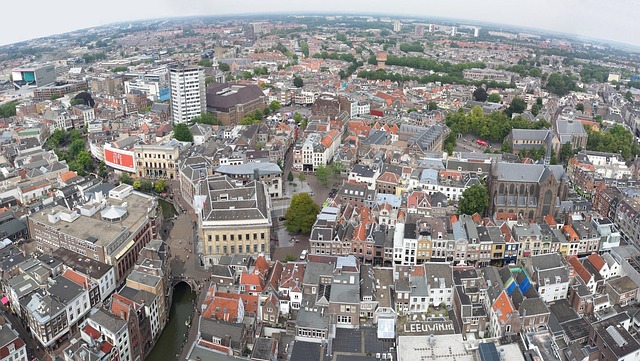Europe’s urban hubs are becoming crucial arenas for advancing social inclusion and migrant integration. Cities are more than points of arrival, they are the places where belonging is built, community ties are forged, and policies meet daily life. This article explores how local communities across the European Union are transforming their urban landscapes into welcoming, inclusive spaces.
The Role of Cities in Integration
City-governments are increasingly recognised as primary actors in making integration work. While national and EU-level frameworks set the stage, the urban level is where policies touch people’s everyday lives — housing, neighbourhoods, schools, public spaces. In this context, cities are evolving from passive hosts to active architects of inclusion.
For example, the Hannover “WIR 2.0” strategy launched in 2025 places migrant participation and anti-racism coaching at the heart of municipal governance. Moreover, the fact that more than 100 European cities have committed to the European Pillar of Social Rights via a social rights campaign reflects how local authorities are aligning themselves with broader inclusion goals.
City leadership, inter-sectoral collaboration and local community engagement thus become key levers. The strength of these local approaches will determine how well newcomers, and host communities, adapt and thrive.
Why the Urban Scale Matters
Urban settings matter for three main reasons. First, diversity is concentrated in cities, which means integration efforts face both the greatest challenges and the largest opportunities there. Second, many of the practical settings for inclusion — schools, workplaces, neighbourhoods, are city-based. Third, cities have more flexibility than many national systems to innovate, collaborate with NGOs and experiment with new models.
This means that we often see the most advanced practices, from local integration hubs to urban planning for inclusivity, at the city level.
Good Practice Spotlights: What Inclusive Cities Are Doing
Multiple European municipalities are showcasing models of inclusive urban governance. For example, the Utrecht in the Netherlands won the 2025 “European Capitals of Inclusion & Diversity Award” Gold for embedding equality and inclusion across all departments.
In Spain, Bilbao was awarded Silver for cross-sectoral initiatives in employment, youth, education and transport that explicitly target inclusion.
These examples highlight how local policy can shift from reactive to proactive. Inclusive cities work not only to mitigate exclusion, but to design welcoming systems that anticipate diversity and build belonging proactively.
Key Elements of Successful City-Level Inclusion
Based on the trends, several elements stand out in cities that are building inclusion effectively:
- Strategic leadership and institutional buy-in: Inclusion becomes part of the city’s core mission, not a side project.
- Cross-departmental coordination: Housing, transport, education, employment and social services all align for inclusive outcomes.
- Community-led engagement: Newcomers and long-term residents participate together in shaping neighbourhoods and services.
- Data and monitoring: Cities are tracking integration outcomes, using metrics to adapt and improve.
- Urban planning for equity: From “15-minute city” models to inclusive public spaces, urban design is being leveraged for social inclusion.
Using these features, cities can shape environments where migrants are supported not just to arrive, but to participate, belong and contribute.
Challenges and Looking Ahead
Even as promising models emerge, inclusive urban integration faces significant challenges. Some cities still struggle with residential segregation, where migrant-dense neighbourhoods face fewer services and access. A study of the city of Vienna in 2025 found persistent clustering of migrant populations in less advantaged districts, limiting access to local networks and mobility opportunities.
Another hurdle is funding and capacity: smaller municipalities may lack the resources or institutional mechanisms for large-scale inclusion strategies. Additionally, local efforts sometimes operate in environments where national policy or public attitudes are less supportive.
The way forward involves deepening collaborations — between local governments, civil society, migrants themselves, and the private sector — and ensuring that urban inclusion becomes embedded, rather than episodic.
Priorities For The Next Wave of Inclusive Urban Action
As we look ahead, cities should prioritise three key areas:
- Scalable, sustainable integration practices — moving from pilot projects to systematic programmes.
- Inclusive urban planning — ensuring that public spaces, housing, transport and neighbourhoods support interaction across backgrounds.
- Stronger data and evaluation — cities need to measure outcomes in meaningful ways (employment, social networks, civic participation) and share learning across municipalities.
Conclusion
Cities are where the vision of a welcoming, inclusive Europe becomes tangible. Local governments have the tools, direction and rising momentum to turn that vision into daily reality. When cities embed inclusion into their structures, engage diverse communities, and design welcoming environments, they don’t just support newcomers, they help build stronger, more cohesive societies. Urban inclusion is no longer a nice-to-have: it is at the heart of Europe’s future.

